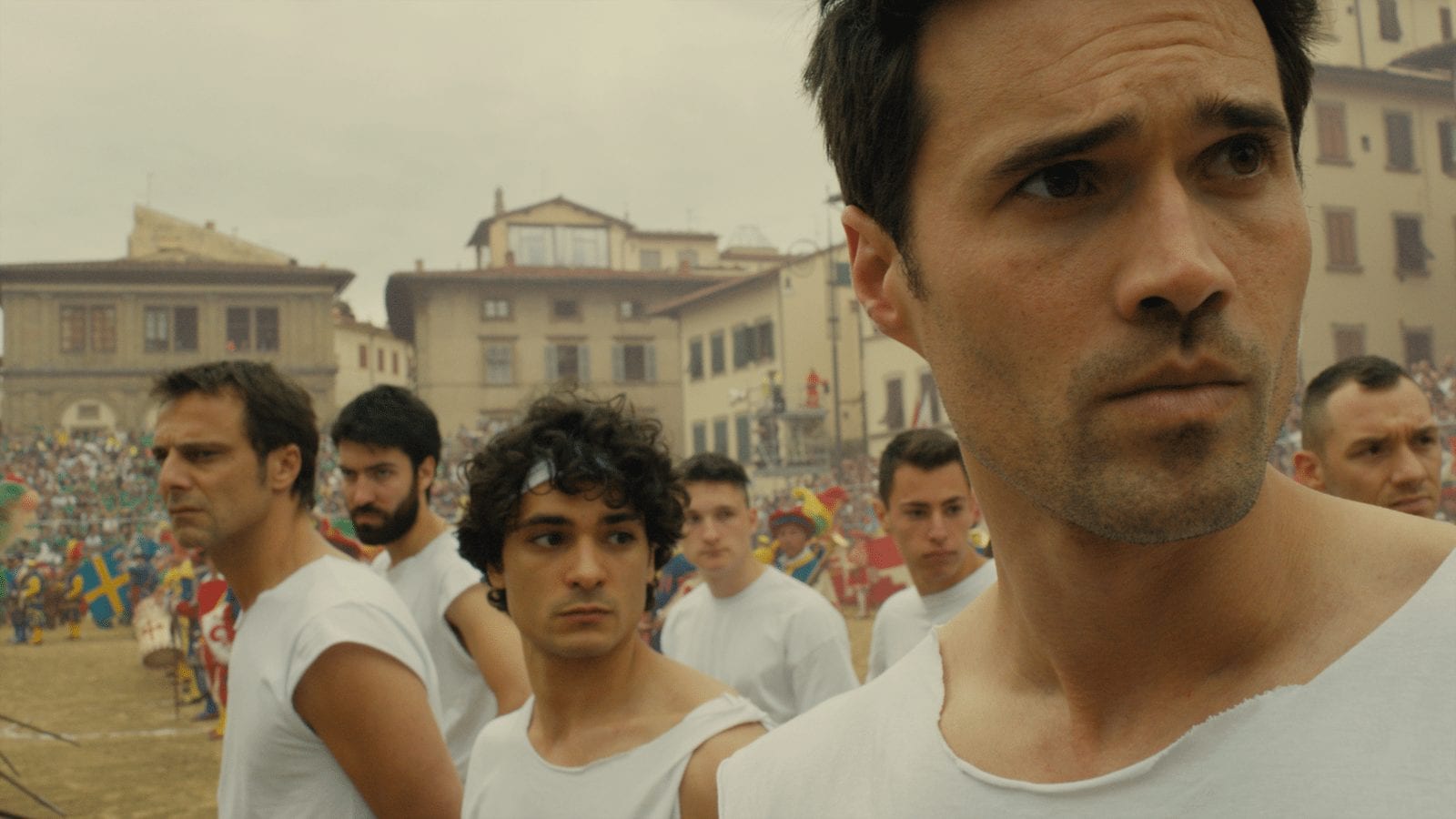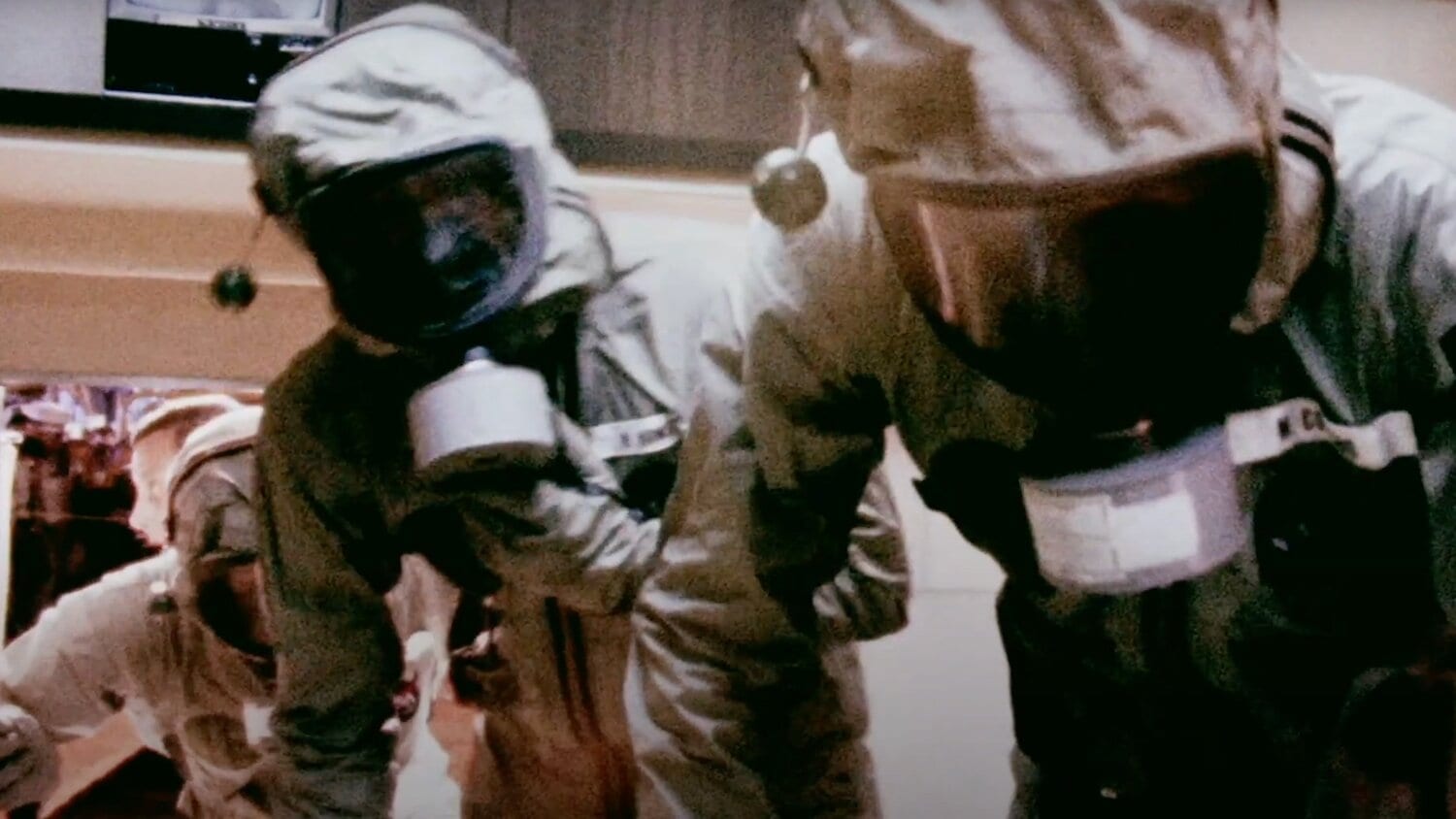Hala is the story of a young woman caught between two world?her parents? and the culture she has grown up in. It is a stereotypical coming-of-age story with the additional conflict of having to live by additional rules that grow out of her parents? values. But it also turns into not just about her yearning for freedom, but also about what it means to be a woman in a male dominated society.
Hala (Geraldine Viswanathan) is a Muslim high school student with Pakistani immigrant parents. Although she wears a hijab and covers her body, even in PE, she is very much a typical American teenager. She rides a skateboard. She is awakening sexually, but not sure what it means. She is good in school.
But her relationship with her parents is uneven. She is fairly close with her father (Azad Khan), but constantly in conflict with her mother (Purbi Joshi). Part of the tension derives from her father?s assimilation into American life (he?s a lawyer). He and Hala converse in English. The mother, although she understands English, always speak in Urdu. So when Hala and her mother speak it is clear that they are from different cultures. Her mother is trying to make sure she is brought up properly. Her father?s only concern is that she is staying away from boys.

Of course, she has been crushing on Jesse (Jack Kilmer), a boy at school and the skateboard park. As their relationship grows, Hala keeps it secret, sneaking out to meet him. One day with Jesse, she sees her father and discovers his secret, which devastates her opinion of him. Her sexual awakening grows, but not in satisfactory ways.
When an issue arises with a teacher (Hala?s fault) and her parents are called to school, the conflict escalates within the household. It is now her mother who gives voice to Hala?s needs, while her father has become the adversary. In time Hala must find a synthesis that will allow her to remain faithful to her religious values, but also experience the freedom that American society offers. The film?s final scene gives us an idea that she is beginning to find a blend of the two cultures which will be more acceptable to her.
Director Minhal Baig steers the viewer in how to understand what is going one, at times a bit heavy-handedly. When we see Hala in school, it is in her English class where they are given an assignment to write an essay featuring a point of view. (That concept comes up a few other times in the film.) This film is clearly from Hala?s point of view. We don?t get the perspective of her parents, or of the teacher involved, or even Jesse. It is all focused on Hala?s needs, desires, and decisions. That is, of course, what makes for a coming-of-age story. That singular point of view is appropriate for that age, but it also makes the story a bit more shallow than it could be.
The more explicit way we are instructed how to read this film is by Hala?s identification with Nora in Ibsen?s A Doll?s House, which she is assigned to read in school. The lack of freedom for women that Ibsen described in that play continues to be felt by many today, especially in some ethnic/religious settings. We could easily see Hala as an updated reimaging of Ibsen?s work.
One aspect of the perspective of this film that should be noted is that it seems to assume a superiority of American culture over the cultural values her parents bring with them. We know all through the film that this is about Hala?s struggle for freedom?especially freedom as it is seen in our culture. Perhaps there is (or is not) a superiority to our culture. But the presentation of her parents? cultural values seems a bit dismissive, as if we will naturally see it as wrong-headed and backwards. Perhaps the real answer for Hala is not to win her freedom, but to find the best of all the values to incorporate into her life.




